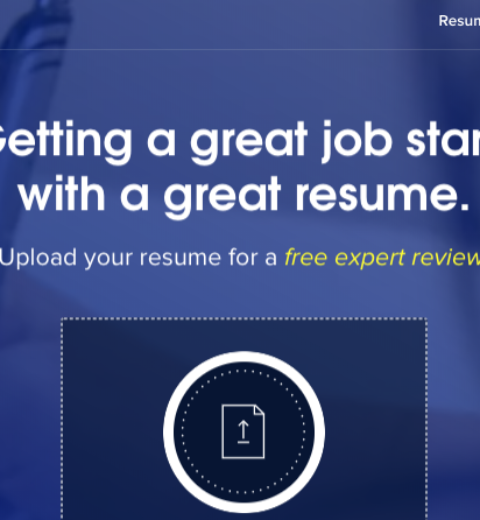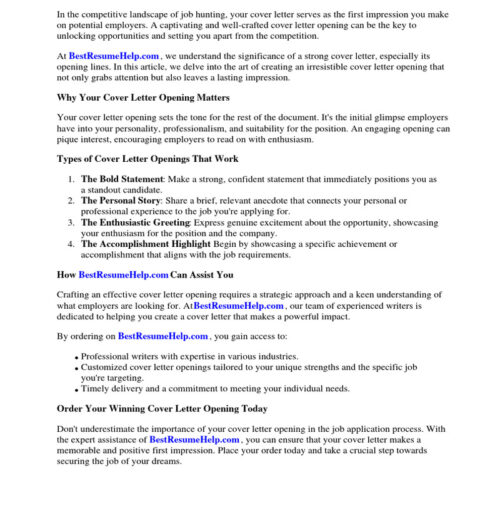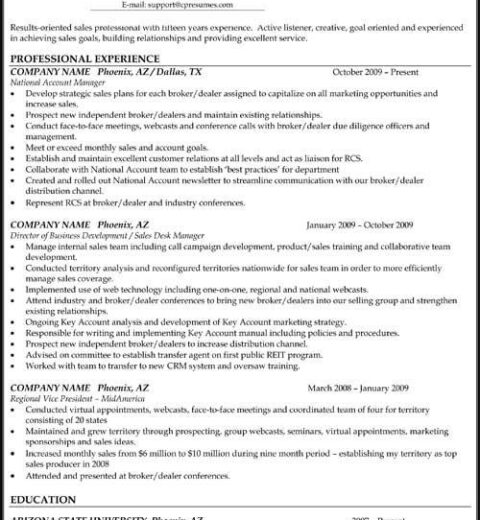Crafting a compelling resume is an intricate art that demands meticulous attention to detail. It serves as a personal marketing tool designed to secure employment. In a competitive job market where employers often sift through dozens, if not hundreds, of resumes, avoiding common pitfalls is crucial. This article outlines major mistakes job seekers frequently make and offers insights into crafting a resume that not only stands out but also resonates with potential employers.
First and foremost, one of the most critical errors is the failure to tailor the resume for each position. A generic resume, while convenient, lacks the specificity needed to capture an employer’s attention. Job descriptions often contain keywords and phrases that embody the qualifications essential for the role. Ignoring these elements may lead to the impression of a lack of interest or, worse, that the candidate is not a serious contender. Customizing your resume for each application is more than just a pro forma exercise; it signals to employers that you understand the unique demands of the role and that you are the right fit.
Equally important is the layout and design of your resume. A cluttered or overly ornate resume can be distracting and may lead to your application being overlooked. Simplicity is key. Employ a clean and professional design that highlights relevant information without overwhelming the reader. Utilize bullet points for clarity and ensure consistent formatting throughout. This attention to visual elements reflects professionalism and ease of readability, both of which are highly valued by hiring managers.
Furthermore, inaccuracies—whether in dates, job titles, or responsibilities—are detrimental to credibility. Such discrepancies can undermine your integrity and may lead employers to question your attention to detail. It is imperative to meticulously proofread and verify every piece of information. A single typo or misstatement can transform a stellar application into a negative impression, thereby diminishing your chances of moving forward in the hiring process.
Additionally, the inclusion of irrelevant information can detract from the core message of your resume. While it is essential to describe your accomplishments and experiences, superfluous details can cloud the narrative you wish to convey. Avoid listing every job you’ve ever held; instead, focus on positions and achievements that align with the job you are seeking. This practice not only streamlines your resume but also demonstrates strategic thinking—a quality highly prized by employers.
Another common yet often overlooked mistake is the omission of quantifiable achievements. Simply stating your previous responsibilities does not adequately convey the impact you had in your past roles. Whenever possible, include metrics to substantiate your accomplishments. For instance, rather than stating that you “increased sales,” specify that you “increased sales by 20% within a six-month period.” Such specifics paint a clearer picture of your capabilities and effectiveness, ultimately enhancing your attractiveness as a candidate.
Moreover, being overly verbose is a common pitfall in resume writing. While it’s critical to provide enough detail to showcase your skills and experience, it is equally vital to maintain conciseness. Aim for brevity without sacrificing clarity. Potential employers often glance through resumes quickly; thus, presenting key highlights succinctly will capture attention more effectively than lengthy paragraphs. Use precise language and cut out unnecessary words.
Additionally, neglecting to include relevant skills is a fundamental oversight that can hinder an otherwise strong application. Skills are the bridge between your experiences and the requirements of the job. Including a dedicated skills section allows you to highlight your most relevant abilities, particularly those mentioned in the job description. Soft skills, such as communication and teamwork, should not be ignored; however, also ensure that you emphasize hard skills directly related to the industry and role you’re pursuing.
Continuously, candidates often fail to reflect their personal brand within their resume. In an age where personal branding is paramount, creating a narrative that effectively encapsulates who you are as a professional can set you apart. A well-crafted summary statement at the top of your resume can encapsulate your career journey and highlight your unique value proposition. Remember, this is not just a list of jobs; it is an opportunity to convey what you stand for as a professional.
Lastly, neglecting to include a cover letter is an often-forgotten yet significant mistake. A cover letter serves as an introduction and allows the candidate to elaborate on experiences and motivations that may not fully translate in a resume format. It’s an opportunity to express enthusiasm for the role and to establish a connection with the hiring manager. A thoughtful cover letter complements a strong resume, providing a more comprehensive view of the applicant.
In conclusion, writing a resume necessitates an acute awareness of common missteps and an understanding of what makes for an effective presentation of one’s professional identity. Tailoring your resume, ensuring accuracy, presenting clear and concise information, highlighting quantifiable achievements, and incorporating your personal brand are all paramount in avoiding these pitfalls. As competition intensifies in the job market, a meticulously crafted resume can mean the difference between being overlooked and landing an interview. By eschewing these common mistakes, candidates can empower themselves to make a lasting impression that resonates. This diligence not only reflects your professional approach but ultimately enhances your chances for success.




